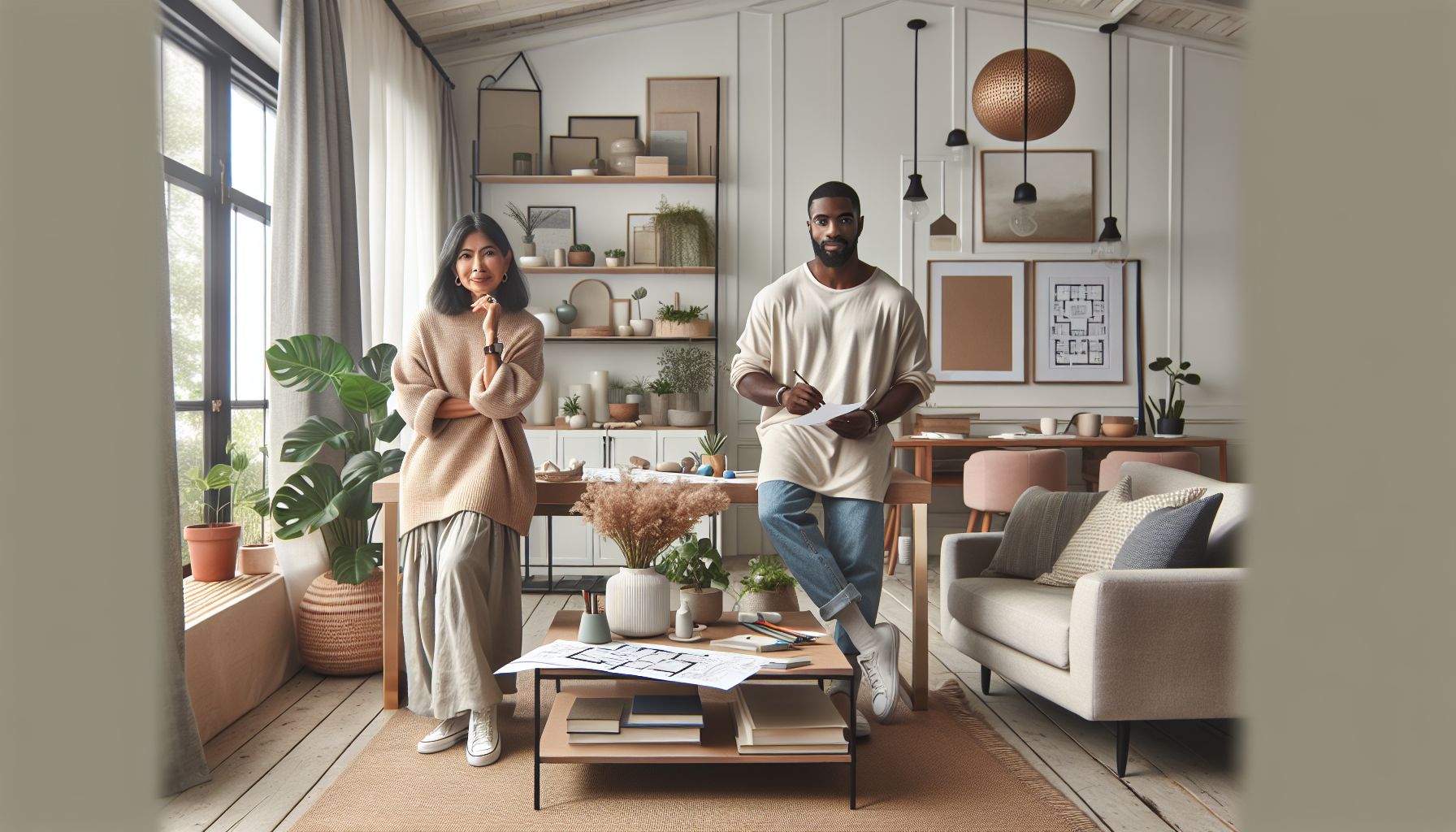When it comes to home design, it’s important to create a space that not only looks visually appealing but also functions well for your lifestyle. Whether you’re looking to update a room or completely overhaul your home’s design, there are many factors to consider to ensure a successful outcome. Here are some professional tips and ideas to help you with your home design project:
1. Consider Your Lifestyle
Before diving into a home design project, take some time to consider how you and your family actually live in the space. Think about your daily routines, hobbies, and activities to help inform the design choices you make. For example, if you love entertaining guests, you may want to prioritize creating a welcoming and open-concept living area.
2. Set a Budget
Setting a budget for your home design project is crucial to ensure that you stay on track and avoid overspending. Make a list of priorities and allocate funds accordingly. It’s also a good idea to set aside a contingency budget for any unexpected expenses that may arise during the renovation process.
3. Focus on Functionality
While aesthetics are important, it’s equally essential to prioritize functionality in your home design. Think about how you can optimize the space to suit your needs, whether it’s adding extra storage, creating designated work areas, or maximizing natural light. Functionality should always be at the forefront of your design decisions.
4. Choose a Cohesive Color Scheme
A cohesive color scheme can tie a room together and create a harmonious look. When selecting colors for your home design, consider the mood you want to evoke and how different hues will interact with each other. Experiment with different color combinations to find the perfect palette that resonates with your personal style.
5. Mix Textures and Materials
Incorporating a variety of textures and materials into your home design can add depth and interest to a room. Mix and match different fabrics, finishes, and surfaces to create a visually dynamic space. Consider incorporating elements like wood, metal, glass, and textiles to create a layered and cohesive look.
6. Pay Attention to Lighting
Proper lighting is essential in home design, as it can greatly impact the overall atmosphere of a space. Consider incorporating a mix of ambient, task, and accent lighting to create a well-lit and inviting environment. Natural light is also crucial, so make sure to maximize windows and incorporate light-filtering elements like sheer curtains or blinds.
7. Personalize Your Space
Your home should be a reflection of your personality and style, so don’t be afraid to inject some personal touches into your design. Whether it’s displaying artwork, family photos, or cherished mementos, incorporating personal items into your home design can make it feel truly your own.
8. Seek Professional Help
If you’re feeling overwhelmed or unsure about your home design project, don’t hesitate to seek help from a professional designer. An experienced designer can offer valuable insights, creative solutions, and expert guidance to help you achieve your vision. They can also help you navigate the complex world of furniture sourcing, layout planning, and color coordination.
In conclusion, home design is a multifaceted process that requires careful planning, creativity, and attention to detail. By considering your lifestyle, setting a budget, prioritizing functionality, and incorporating elements like color, texture, and lighting, you can create a space that is both visually stunning and practical for everyday living. Remember to personalize your space and seek professional help when needed to ensure a successful home design project. Happy designing!

